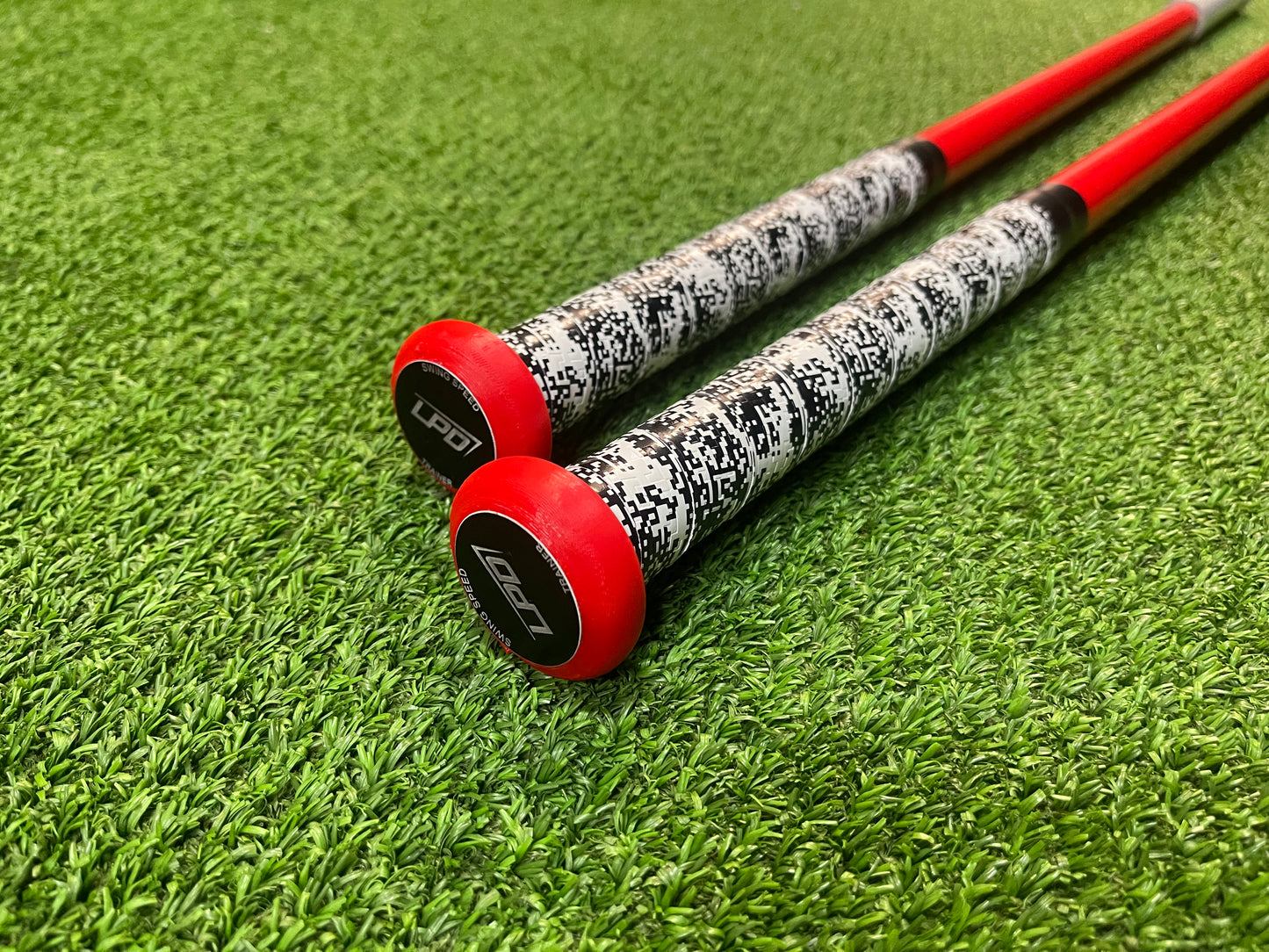If you're a high school baseball player with dreams of playing at the collegiate level, you've probably asked yourself, "Am I fast enough to play college baseball?" Speed is an essential tool for any baseball player, and before attending a showcase event, it's crucial to understand if your speed will meet the demands of your desired position and playing level.
The 60-Yard Dash: The Standard Measurement for Evaluating Speed
The 60-yard dash has been the standard measurement for evaluating speed in baseball players for decades, even though it may not be the best indicator of a player's on-field speed.
The Averages of 60 yard dash times for each level of college can be found below by Position:
-
Infielders (IF)
- Division I (D1): 6.7 - 7.2 seconds
- Division II (D2): 6.9 - 7.4 seconds
- Division III (D3): 7.1 - 7.6 seconds
-
Outfielders (OF)
- Division I (D1): 6.6 - 7.1 seconds
- Division II (D2): 6.8 - 7.3 seconds
- Division III (D3): 7.0 - 7.5 seconds
-
Catchers (C)
- Division I (D1): 7.0 - 7.5 seconds
- Division II (D2): 7.2 - 7.7 seconds
- Division III (D3): 7.4 - 7.9 seconds
As a parent of a high school baseball player sitting in the stands watching your kid play, you may be wondering, "How fast is my kid?" Instead of spending thousands of dollars on for-profit showcase events, you can measure your child's home-to-first time each time they are at the plate.
Measuring Home-to-First Times
Home-to-first times can be collected by timing a player from the point of impact with the ball to the moment their foot contacts first base. These times can provide valuable insight into a player's speed and help you understand how they compare to college baseball players.
Factors Affecting Home-to-First Times
The average home-to-first times for college baseball players depend on a few factors:
- Batter handedness
- Position played (2B, SS, CF typically demands faster players)
Home-to-First Times by Handedness (Average Ranges):
-
Right-handed hitters (RHH)
- Division I (D1): 4.1 - 4.4 seconds
- Division II (D2): 4.2 - 4.5 seconds
- Division III (D3): 4.3 - 4.6 seconds
-
Left-handed hitters (LHH)
- Division I (D1): 4.0 - 4.3 seconds
- Division II (D2): 4.1 - 4.4 seconds
- Division III (D3): 4.2 - 4.5 seconds
How Do You Stack Up?
As a position player, it's important to be fast enough to play college baseball. Use these baseline times to see how your speed compares to players at the level you aspire to reach. Keep in mind that while speed is an essential aspect of a player's skill set, coaches often evaluate other factors such as hitting, fielding, and arm strength when recruiting players. Focus on developing all aspects of your game, and you'll be well on your way to achieving your college baseball dreams.










